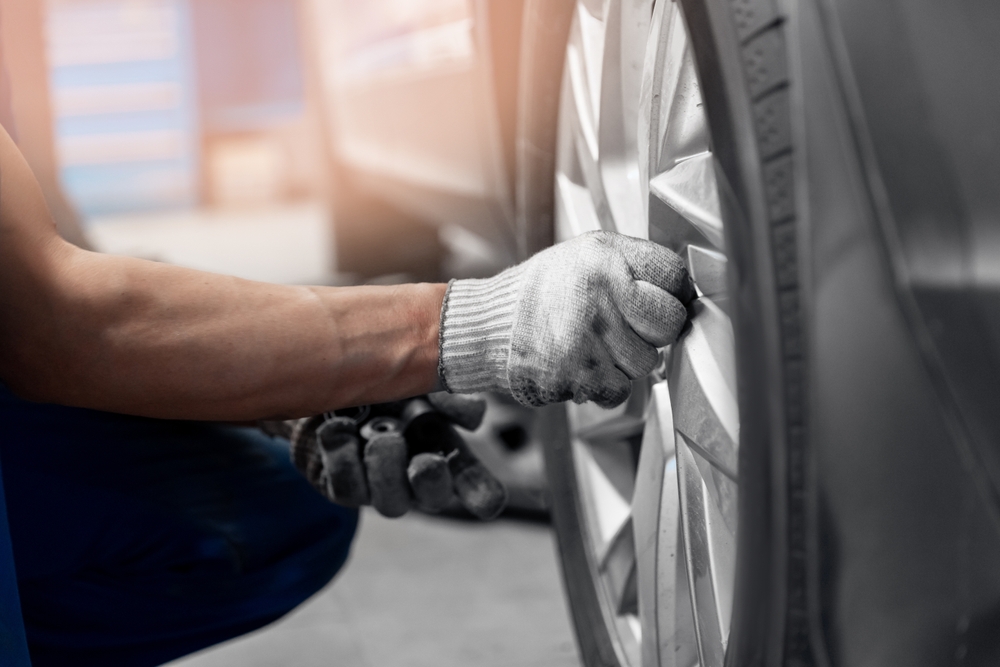Christmas is racing towards like at a rate of knots after an impossibly fast year, and you are probably planning a couple of get-togethers with friends and family sometime in the next few weeks. But before you do, make sure your car – and especially your tyres – are ready to roll on the UK roads such as London or even for that matter Scotland!

Here are five important tyre checks to make before travelling for Christmas.
Change to Winter Tyres
After a long balmy year of high temperatures, a cold snap has finally brought winter to frost our windshields and steam up our mirrors: if the temperatures in which you are driving are regularly below 7°C then you might well benefit from putting winter tyres on your car for the duration. These super soft, wide tyres are excellent at gripping onto muddy, icy or snowy roads, the softer rubber allowing for more flex, and the treads are wide and designed to handle large amounts of water, mud or ice on the surface, keeping your vehicle moving steadily forward under your control.
Inflation
Your tyres must legally always be inflated to within the range recommended by the manufacturer – this is the reason why your annual MOT test now includes a check of your tyre pressure. This is because modern tyres have been carefully designed to work best under these conditions. For your own safety, and that of the other road users around you, it is always best to keep your pressure topped off within that fairly narrow range. Check your inflation every two weeks or so, to ensure that you don’t fall into being legally non-compliant. If your tyres won’t hold their air, Fife Autocentre offers tyres in Stirling at friendly prices, and will soon have you back on the road with vastly improved peace of mind.
Tread Depth
Your tread depth is vital for the smooth running of your car. The grooves and sipes on the tyre work in harmony to suck standing water (even the thinnest layer of water can be problematic) off the road’s surface, carrying it into the tread so the contact area of the tyre can grip down onto the tarmac: not the layer of water on top of it. Check that your tread depth is legally compliant with such a simple item as a twenty pence piece. If you stand the coin in the grooves, the wide band running around the outside should not be visible: if it is, your tread depth is too low and you should consider a new set of tyres sooner rather than later.
Balanced and Aligned
Having your tyres aligned and your wheels balanced can make all the difference to your drive. Noise is reduced, wear and tear minimised and you will even use less fuel as the minor misalignments and frictions are eradicated. Wheel balancing and tyre alignment are, these days, relatively simple processes that will take just a few minutes and be minutely accurate, thanks to the computerisation process which has seen them move from being time consuming and delicate tasks, to fully automated ones.
Spare or Nah?
Many modern cars don’t carry a spare and instead provide a patching kit with which you can patch up your damaged tyre for long enough to get to a service station or garage to get the tyre repaired or replaced. If yours is a car with a spare tyre, make sure you check it almost as regularly as you do your own tyres to ensure that you don’t end up in a situation where you are in need of a spare tyre only to discover that you don’t have just one puncture: you have two!

